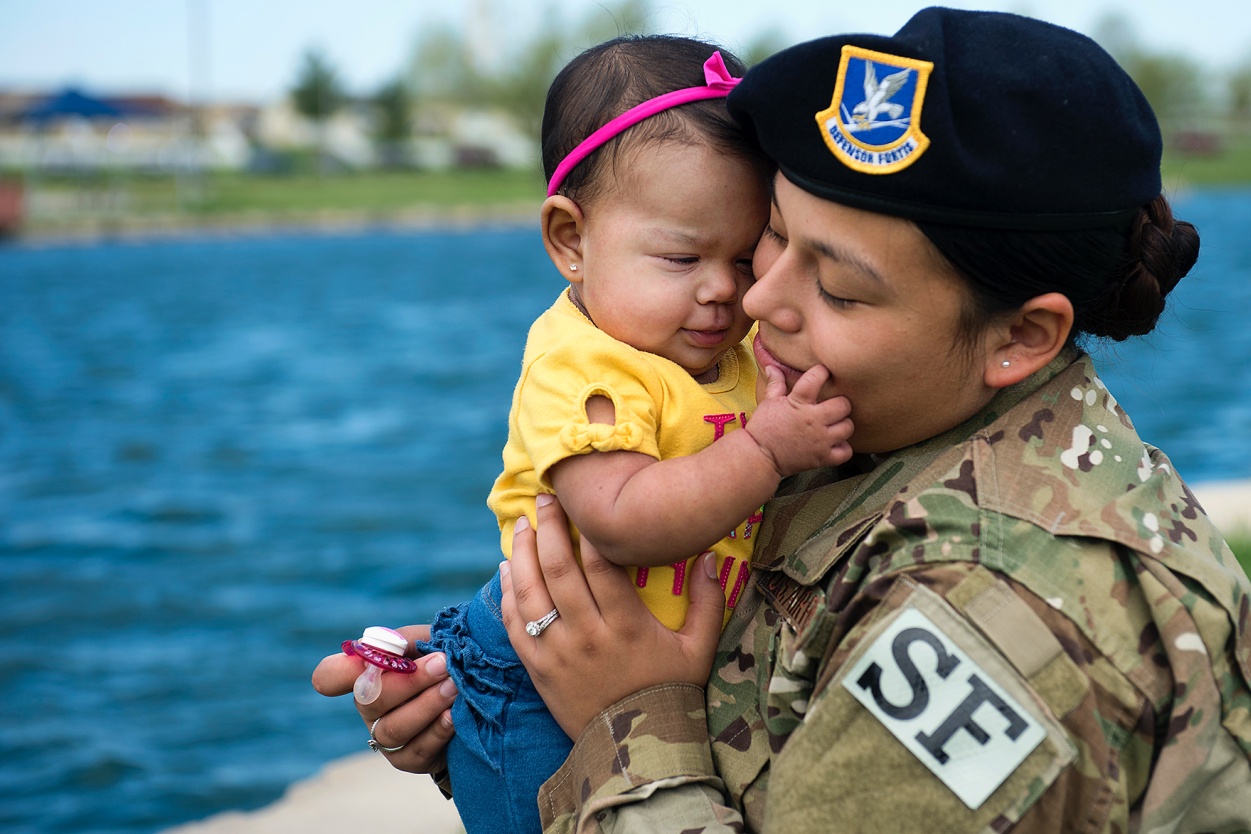Active-duty and retired members of the armed forces can also face substance use problems. More than one in 10 Veterans who seek care at the U.S. Veteran’s Administration meet the criteria to be diagnosed with a substance use disorder—slightly higher than the rate among the general population.1 The stress of training, deployment, returning home and other facets of military life and culture may account for some differences in substance use between military service members and civilians. Those with multiple deployments, combat exposure and combat-related injuries are at greatest risk of developing substance use problems. Zero-tolerance policies, confidentiality concerns and stigma remain barriers to identifying and treating substance use problems in military personnel. NIDA continues to examine the trends in substance use in specific populations, including military personnel, and to search for better methods for preventing and treating substance use disorders that are specific to these populations. Learn more in the DrugFacts: Substance Use and Military Life.
Looking for Treatment?
Use the SAMHSA Treatment Locator or call 1-800-662-HELP (4357).
Research Initiatives
NIDA, other institutes at the National Institutes of Health, and other agencies in the U.S. government fund research on substance use and addiction among active-duty military service members and Veterans. In addition, many clinical trials are open to military personnel and Veterans. For more information, see NIDA’s Clinical Trials page. Learn more about research initiatives involving military service members and Veterans below.
- Federal agencies partner for military and Veteran pain management research
- Pain Management Collaboratory (PMC) (NIH-DoD-VA)
- VA Office of Research & Development – Substance Use Disorders (U.S. Department of Veterans Affairs)
- Management of Opioid Therapy (OT) for Chronic Pain (2017) - VA/DoD Clinical Practice Guidelines (U.S. Department of Veterans Affairs)
- Annual Evaluation of the TRICARE Program (Health.mil)
- Alcohol and Substance Abuse Disorders Congressionally Directed Medical Research Programs (CDMRP)
- Pain: U.S. Military and Veterans (National Center for Complementary and Integrative Health, December 2016)
Reference
- Teeters, J.B., Lancaster, C.L., Brown, D.G., & Back, S.E. (2017). Substance use disorders in military veterans: prevalence and treatment challenges. Substance Abuse and Rehabilitation. 8, 69-77. doi:10.2147/SAR.S116720.
Related Resources
Service members, Veterans and their families may find the following resources helpful:
- TRICARE - Health and Wellness - Substance Use Disorders
- Health.mil - Military Health System Mental Health Hub
- Veterans Crisis Line or 1-800-273-8255 or text 838255
- SAMHSA, Veterans and Military Families
- SAMHSA Treatment Locator or 1-800-662-HELP
- Make the Connection – Alcohol or Drug Problems
- Too Much to Lose – Educational Campaign on Drug Safety
- Own Your Limits – Responsible Drinking Resources
- Real Warriors – Resources on Psychological Health and Support
- U.S. Department of Veterans Affairs (VA), Treatment Programs for Substance Use Problems
- Become a Smokefree Veteran
- Military Officers Association of America, Veterans and Opioid Addiction
- VA National Center for PTSD
- Veterans Experiencing Homelessness or 1-877-4AID-VET

